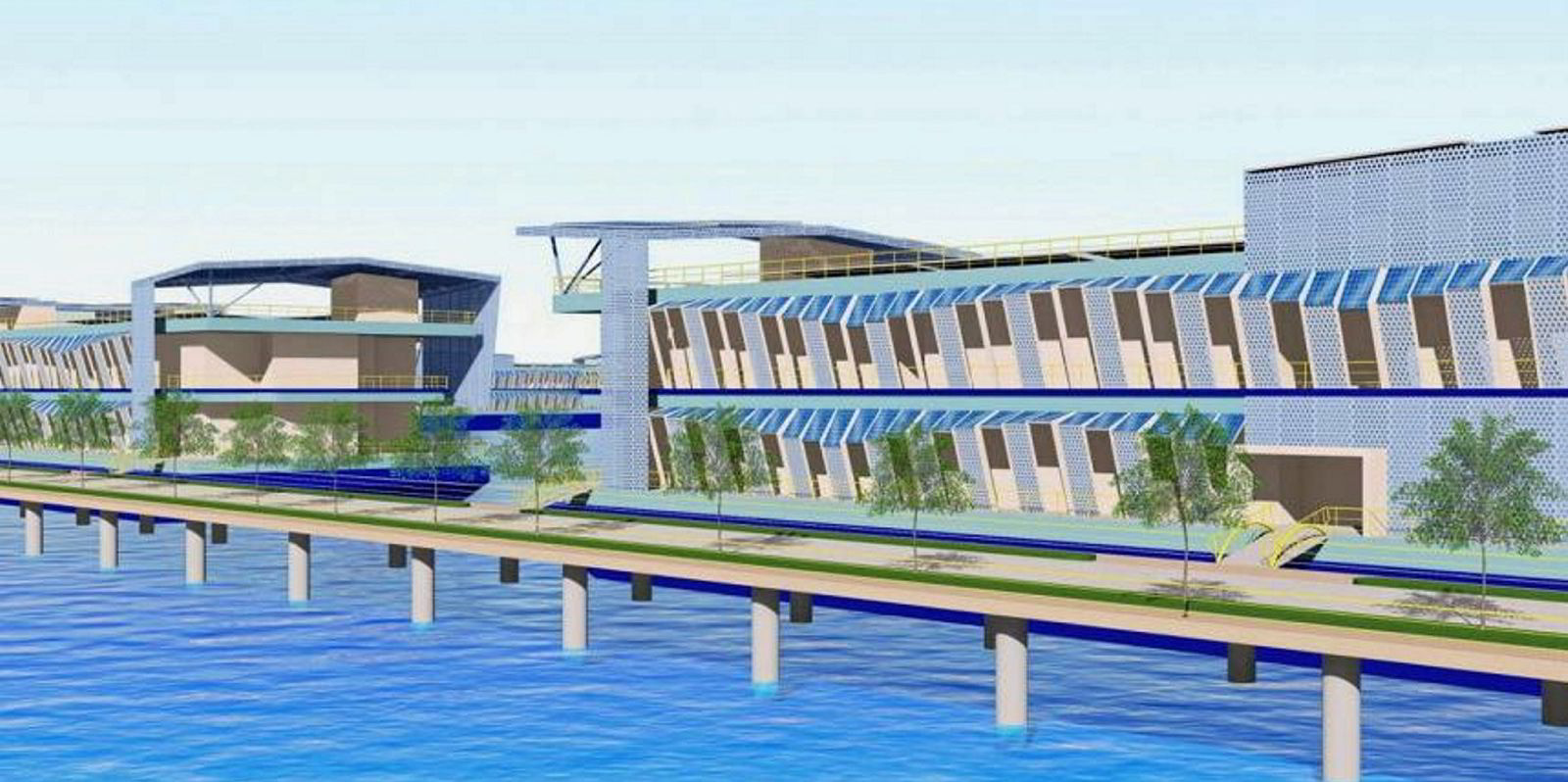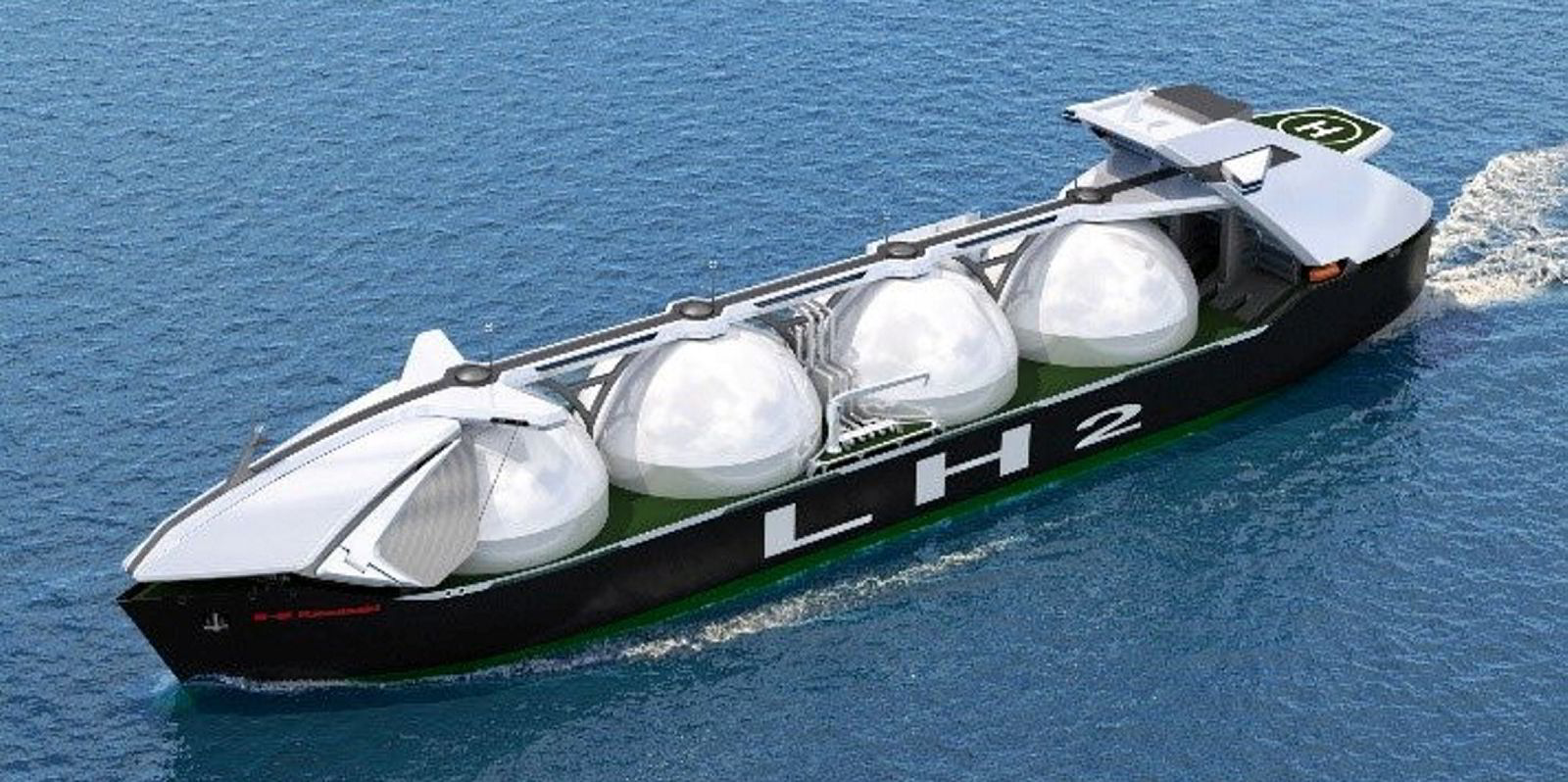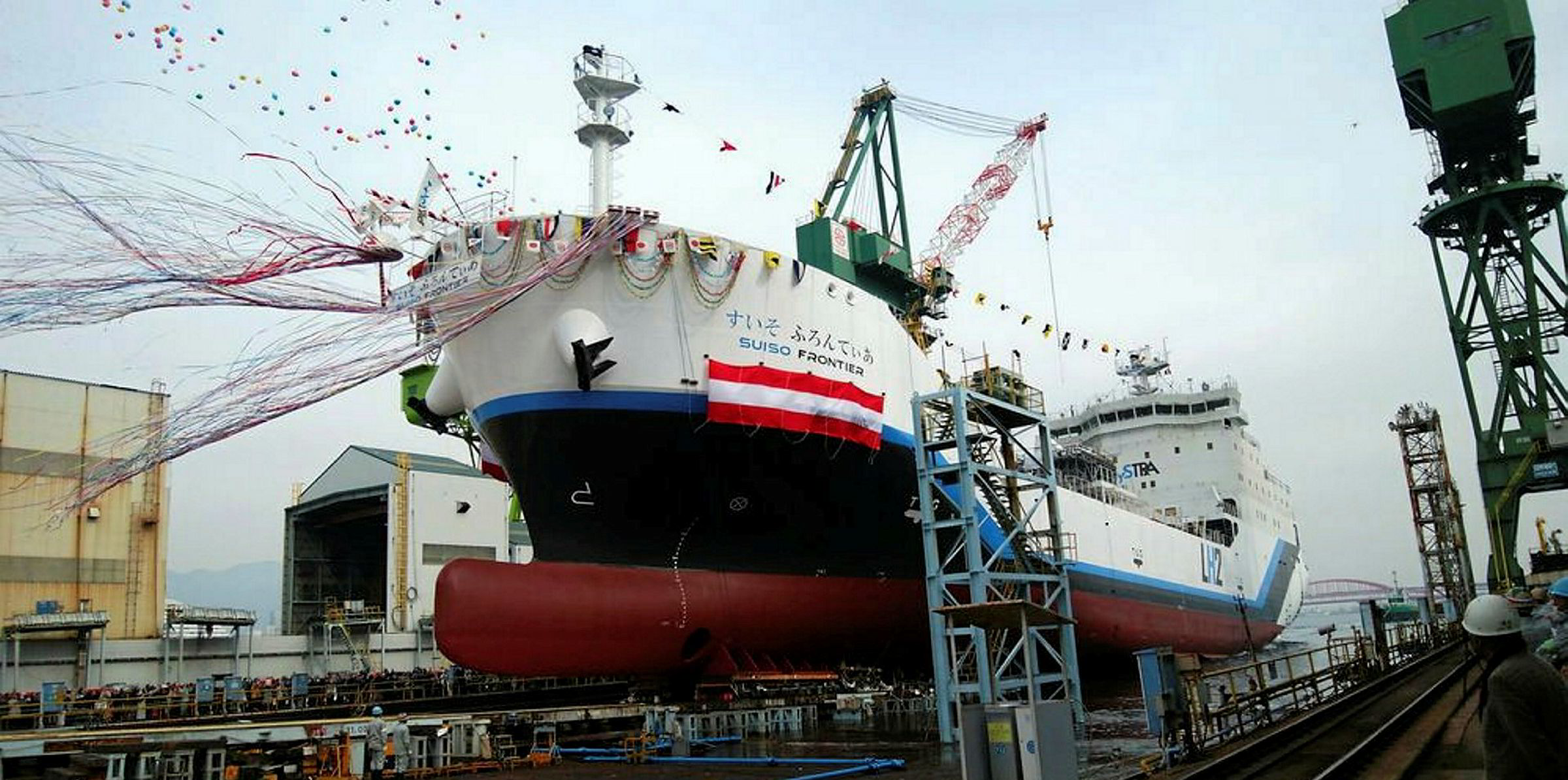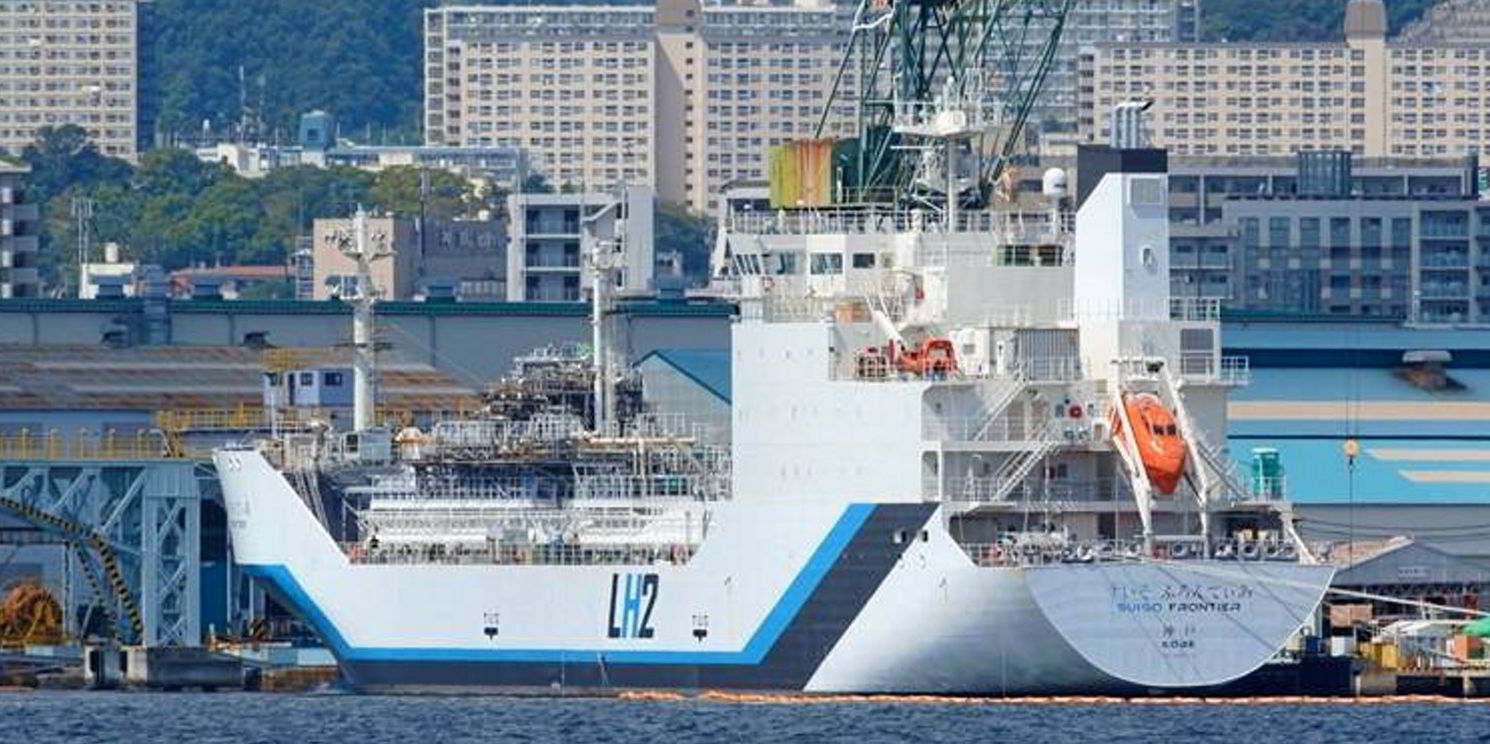Mitsui OSK Lines and Kawaskai Heavy Industries are investigating the potential to ship liquid hydrogen (LH2) to Singapore to power energy-hungry data centres.
The project will study the technical and commercial viability of a LH2 supply chain, including the feasibility of having a production and liquefaction plant and export terminal at the exporting country.
It will also look at transportation via tankers, as well as an import terminal, storage units and regasification facilities in Singapore.
The study, which also involves Keppel Corp, Linde Gas Singapore and Vopak LNG, is expected to run until the end of this year, after which the partners will decide on the next phase of their collaboration.
“The partners envision that the LH2 supply infrastructure will benefit data centre facilities such as the floating data centre park project in Singapore that Keppel Data Centres is pursuing” the five partners said in a statement.
“There is growing interest worldwide in the use of hydrogen as an energy source because its combustion does not emit carbon dioxide.”
In its liquid state, hydrogen occupies 800 times less volume compared with its gaseous state, allowing for more compact and efficient storage and transportation.
Green solutions
The study comes as LH2 is seen as gaining traction as a compelling clean-energy alternative for land-scarce markets.
Keppel Data Centres chief executive Wong Wai Meng said the company was “working hard” to decarbonise its operations.
“We are actively tapping the capabilities of the Keppel Group as well as working with industry partners to explore a range of green solutions such as hydrogen, floating data centres and carbon capture utilisation and sequestration technologies,” he added.

Motohiko Nishimura, deputy general manager of KHI’s hydrogen strategy division, said the company is promoting the world's first LH2 supply chain pilot demonstration project.
“We have accumulated experience and expertise in LH2 technology, including the world’s first LH2 carrier, hydrogen liquefaction facility, LH2 storage tank and LH2 handling facility with loading arm system,” he said.
Net zero emission
Kenta Matsuzaka, senior managing executive officer of MOL, said the shipowner is pursuing strategies to achieve net-zero emissions by 2050, calling hydrogen “one of the strong candidates as a fuel”.
“MOL targets to develop a commercial and sustainable deep-sea net zero emission vessel by deploying vessels powered by the next-generation fuels by around 2030, which is well-aligned with where this project is going,” he said.
Vopak LNG president Kees van Seventer said an earlier feasibility study with Keppel on LNG and hydrogen supported the decision to further explore the development of a LH2 supply infrastructure for Singapore.
“A hydrogen import terminal has the potential to transform industries like the data centre sector. It will also support long-term emissions reduction in Singapore,” he said.
KHI has recently received approval in principle from ClassNK for the design of a 40,000-cbm cargo containment system developed for use on a large LH2 carrier.
The shipbuilder has already built the world’s first LH2 carrier. The 1,250-cbm Suiso Frontier (built 2020) can transport LH2 at a temperature of -253C.





